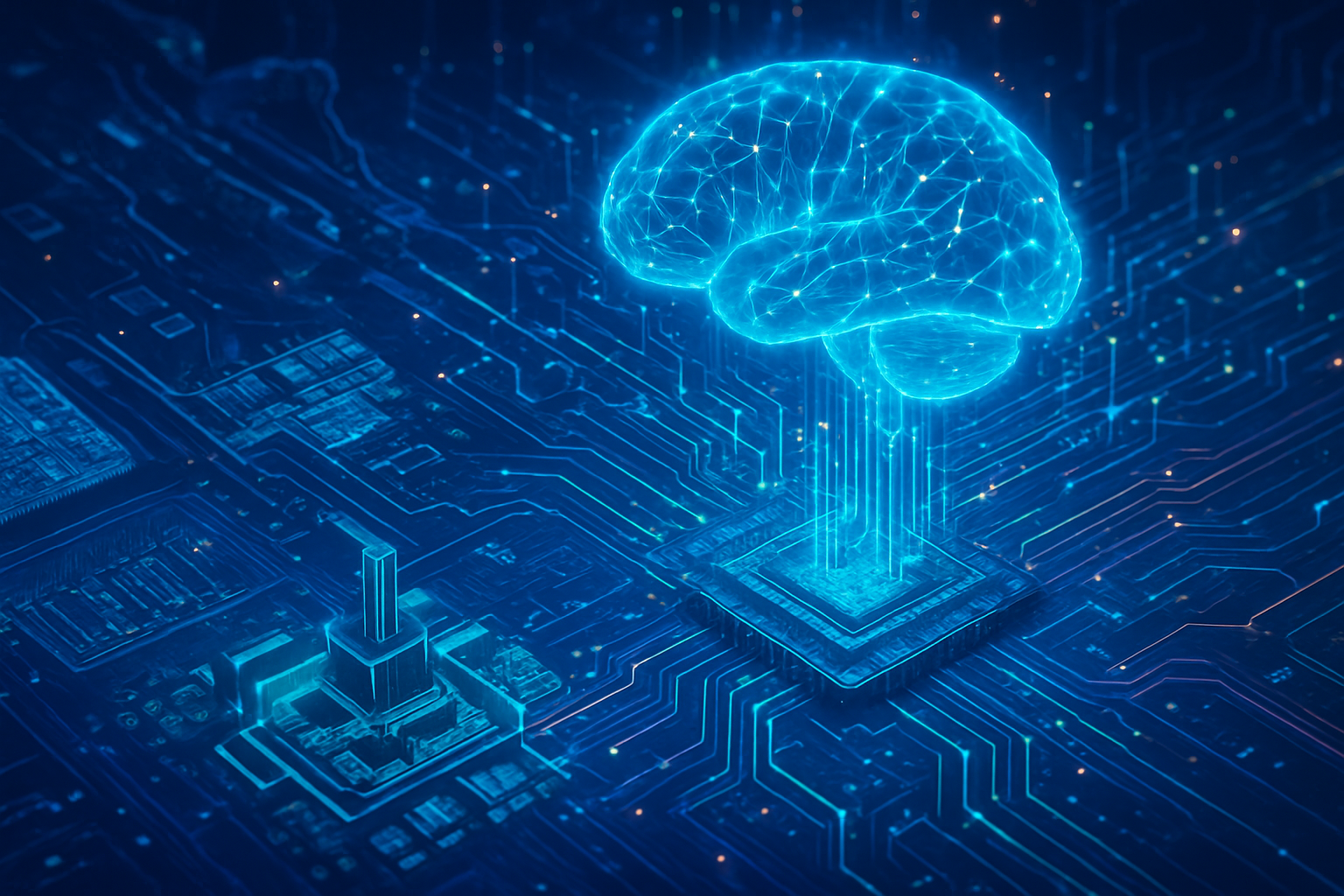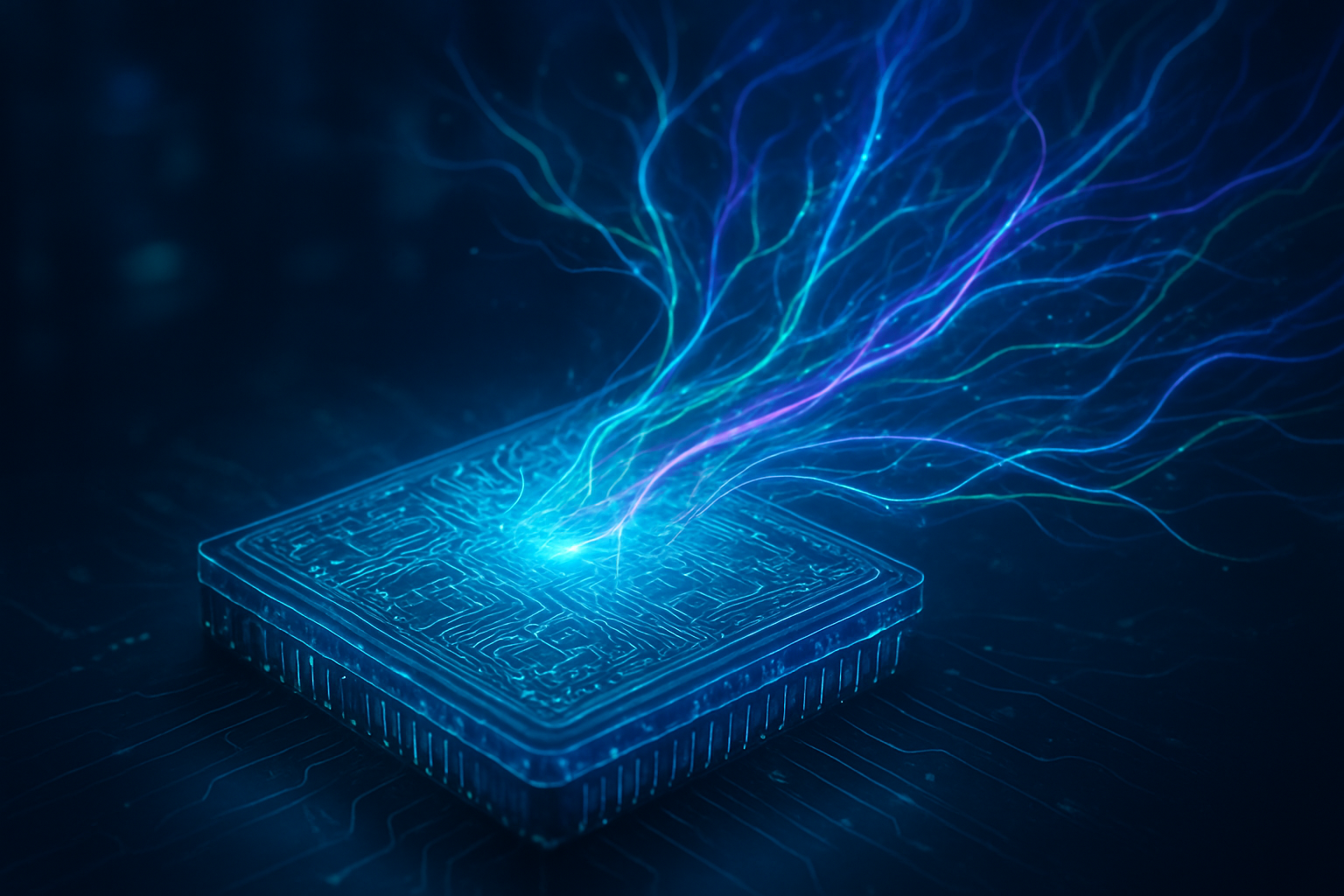In an era defined by constant connectivity, consumer technology is undergoing a significant transformation, pivoting from mere engagement to intentional well-being. A burgeoning wave of innovation is now squarely aimed at addressing the pervasive social issues born from our digital lives, most notably screen addiction and the erosion of mental well-being. This shift signifies a crucial evolution in the tech industry, as companies increasingly recognize their role in fostering healthier digital habits. The immediate significance of these developments is profound: they offer tangible tools and strategies for individuals to regain control over their digital consumption, mitigate the negative impacts of excessive screen time, and cultivate a more balanced relationship with their devices, moving beyond passive consumption to proactive self-management.
The Technical Revolution in Digital Wellness Tools
The current landscape of digital wellness solutions showcases a remarkable leap in technical sophistication, moving far beyond basic screen time counters. Major operating systems, such as Apple's (NASDAQ: AAPL) iOS with "Screen Time" and Google's (NASDAQ: GOOGL) Android with "Digital Wellbeing," have integrated and refined features that provide granular control. Users can now access detailed reports on app usage, set precise time limits for individual applications, schedule "downtime" to restrict notifications and app access, and implement content filters. This deep integration at the OS level represents a fundamental shift, making digital wellness tools ubiquitous and easily accessible to billions of smartphone users, a stark contrast to earlier, often clunky, third-party solutions.
Beyond built-in features, a vibrant ecosystem of specialized third-party applications is employing innovative psychological and technical strategies. Apps like "Forest" gamify focus, rewarding users with a growing virtual tree for uninterrupted work, and "punishing" them if they break their focus by using their phone. This leverages positive reinforcement and a sense of tangible achievement to encourage disengagement. Other innovations include "intentional friction" tools like "ScreenZen," which introduces a deliberate pause or a reflective prompt before allowing access to a chosen app, effectively breaking the mindless habit loop. Technically, these apps often utilize accessibility services, notification management APIs, and advanced usage analytics to monitor and influence user behavior, offering a more nuanced and proactive approach than simple timers.
Wearable technology is also expanding its purview into mental well-being. Devices like the ŌURA ring and various smartwatches are now incorporating features that monitor stress levels, anxiety, and mood, often through heart rate variability (HRV) and sleep pattern analysis. These devices leverage advanced biometric sensors and AI algorithms to detect subtle physiological indicators of stress, offering real-time feedback and suggesting interventions such as guided breathing exercises or calming content. This represents a significant technical advancement, transforming wearables from mere fitness trackers into holistic well-being companions that can proactively alert users to potential issues before they escalate, fostering continuous self-awareness and preventative action.
Furthermore, artificial intelligence (AI) is personalizing digital well-being solutions. AI-powered chatbots in mental health apps like "Wysa" and "Woebot" utilize natural language processing (NLP) to offer conversational support and deliver cognitive behavioral therapy (CBT) techniques. These AI systems learn from user interactions to provide tailored advice and exercises, making mental health support more accessible and breaking down barriers to traditional therapy. This personalization, driven by machine learning, allows for adaptive interventions that are more likely to resonate with individual users, marking a departure from generic, one-size-fits-all advice and representing a significant technical leap in delivering scalable, individualized mental health support.
Competitive Implications and Market Dynamics
The burgeoning focus on digital well-being is reshaping the competitive landscape for tech giants and creating fertile ground for innovative startups. Companies like Apple (NASDAQ: AAPL) and Google (NASDAQ: GOOGL) stand to benefit significantly by embedding robust digital wellness features directly into their operating systems and hardware. By offering integrated solutions, they enhance their platforms' stickiness and appeal, positioning themselves as responsible stewards of user health, which can be a powerful differentiator in an increasingly crowded market. This strategy also helps them fend off competition from third-party apps by providing a baseline of functionality that users expect.
For tech giants, the competitive implication is clear: those who prioritize digital well-being can build greater trust and loyalty among their user base. Social media companies like Meta Platforms (NASDAQ: META), which owns Facebook and Instagram, and ByteDance, the parent company of TikTok, are also increasingly integrating their own well-being tools, such as screen time limits and content moderation features. While often seen as reactive measures to public and regulatory pressure, these initiatives are crucial for maintaining user engagement in a healthier context and mitigating the risk of user burnout or exodus to platforms perceived as less addictive. Failure to adapt could lead to significant user churn and reputational damage.
Startups in the digital well-being space are also thriving, carving out niches with specialized solutions. Companies developing apps like "Forest," "Moment," or "ScreenZen" are demonstrating that focused, innovative approaches to specific aspects of screen addiction can attract dedicated user bases. These startups often leverage unique psychological insights or gamification techniques to differentiate themselves from the broader, more generic offerings of the tech giants. Their success highlights a market demand for more nuanced and engaging tools, potentially leading to acquisitions by larger tech companies looking to bolster their digital well-being portfolios or integrate proven solutions into their platforms.
The "dumb phone" or minimalist tech movement, exemplified by companies like Light Phone, represents a disruptive force, albeit for a niche market. These devices, intentionally designed with limited functionalities, challenge the prevailing smartphone paradigm by offering a radical digital detox solution. While they may not compete directly with mainstream smartphones in terms of market share, they signify a growing consumer desire for simpler, less distracting technology. This trend could influence the design philosophy of mainstream devices, pushing them to offer more minimalist modes or features that prioritize essential communication over endless engagement, forcing a re-evaluation of what constitutes a "smart" phone.
The Broader Significance: A Paradigm Shift in Tech Ethics
This concerted effort to address screen addiction and promote digital well-being marks a significant paradigm shift in the broader AI and tech landscape. It signifies a growing acknowledgment within the industry that the pursuit of engagement and attention, while driving revenue, carries substantial societal costs. This trend moves beyond simply optimizing algorithms for clicks and views, pushing towards a more ethical and user-centric design philosophy. It fits into a broader movement towards responsible AI and technology development, where the human impact of innovation is considered alongside its technical prowess.
The impacts are far-reaching. On a societal level, widespread adoption of these tools could lead to improved mental health outcomes, reduced anxiety, better sleep patterns, and enhanced productivity as individuals reclaim their attention spans. Economically, it could foster a more mindful consumer base, potentially shifting spending habits from constant digital consumption to more tangible experiences. However, potential concerns exist, particularly regarding data privacy. Many digital well-being tools collect extensive data on user habits, raising questions about how this information is stored, used, and protected. There's also the challenge of effectiveness; while tools exist, sustained behavioral change ultimately rests with the individual, and not all solutions will work for everyone.
Comparing this to previous AI milestones, this shift is less about a single breakthrough and more about the maturation of the tech industry's self-awareness. Earlier milestones focused on computational power, data processing, and creating engaging experiences. This new phase, however, is about using that same power and ingenuity to mitigate the unintended consequences of those earlier advancements. It reflects a societal pushback against unchecked technological expansion, echoing historical moments where industries had to adapt to address the negative externalities of their products, such as environmental regulations or public health campaigns. It's a recognition that technological progress must be balanced with human well-being.
This movement also highlights the evolving role of AI. Instead of merely driving consumption, AI is increasingly being leveraged as a tool for self-improvement and health. AI-powered personalized recommendations for digital detox or stress management demonstrate AI's potential to be a force for good, helping users understand and modify their behavior. This expansion of AI's application beyond traditional business metrics to directly address complex social issues like mental health and addiction represents a significant step forward in its integration into daily life, demanding a more thoughtful and ethical approach to its design and deployment.
Charting the Future of Mindful Technology
Looking ahead, the evolution of consumer technology for digital well-being is expected to accelerate, driven by both technological advancements and increasing consumer demand. In the near term, we can anticipate deeper integration of AI into personalized well-being coaches. These AI systems will likely become more sophisticated, leveraging continuous learning from user data—with strong privacy safeguards—to offer hyper-personalized interventions, predict potential "relapses" into unhealthy screen habits, and suggest proactive strategies before issues arise. Expect more seamless integration across devices, creating a unified digital well-being ecosystem that spans smartphones, wearables, smart home devices, and even vehicles.
Longer-term developments could see the emergence of "ambient intelligence" systems designed to subtly guide users towards healthier digital habits without requiring explicit interaction. Imagine smart environments that dynamically adjust lighting, sound, or even device notifications based on your cognitive load or perceived stress levels, gently nudging you towards a digital break. Furthermore, advances in brain-computer interfaces (BCIs) and neurofeedback technologies, while nascent, could eventually offer direct, non-invasive ways to monitor and even train brain activity to improve focus and reduce digital dependency, though ethical considerations will be paramount.
Challenges that need to be addressed include maintaining user privacy and data security as more personal data is collected for well-being purposes. There's also the ongoing challenge of efficacy: how do we scientifically validate that these tools genuinely lead to sustained behavioral change and improved mental health? Furthermore, accessibility and equitable access to these advanced tools will be crucial to ensure that the benefits of digital well-being are not limited to a privileged few. Experts predict a future where digital well-being is not an add-on feature but a fundamental design principle, with technology becoming a partner in our mental health journey rather than a potential adversary.
What experts predict will happen next is a stronger convergence of digital well-being with broader healthcare and preventive medicine. Telehealth platforms will increasingly incorporate digital detox programs and mental wellness modules, and personal health records may include digital usage metrics. The regulatory landscape is also expected to evolve, with governments potentially setting standards for digital well-being features, particularly for products aimed at younger demographics. The ultimate goal is to move towards a state where technology empowers us to live richer, more present lives, rather than detracting from them.
A New Era of Conscious Consumption
The ongoing evolution of consumer technology to address social issues like screen addiction and promote digital well-being marks a pivotal moment in the history of technology. It signifies a collective awakening—both within the industry and among consumers—to the profound impact of our digital habits on our mental and physical health. The key takeaway is that technology is no longer just about utility or entertainment; it is increasingly about fostering a healthier, more intentional relationship with our digital tools. From deeply integrated operating system features and innovative third-party apps to advanced wearables and AI-driven personalization, the arsenal of tools available for digital self-management is growing rapidly.
This development's significance in AI history lies in its shift from purely performance-driven metrics to human-centric outcomes. AI is being repurposed from optimizing engagement to optimizing human flourishing, marking a maturation of its application. It underscores a growing ethical consideration within the tech world, pushing for responsible innovation that prioritizes user welfare. The long-term impact could be transformative, potentially leading to a healthier, more focused, and less digitally overwhelmed society, fundamentally altering how we interact with and perceive technology.
In the coming weeks and months, watch for continued innovation in personalized AI-driven well-being coaches, further integration of digital wellness features into mainstream platforms, and an increasing emphasis on data privacy as these tools become more sophisticated. Also, keep an eye on the regulatory landscape, as governments may begin to play a more active role in shaping how technology companies design for digital well-being. The journey towards a truly mindful digital future is just beginning, and the tools being developed today are laying the groundwork for a more balanced and humane technological landscape.
This content is intended for informational purposes only and represents analysis of current AI developments.
TokenRing AI delivers enterprise-grade solutions for multi-agent AI workflow orchestration, AI-powered development tools, and seamless remote collaboration platforms.
For more information, visit https://www.tokenring.ai/.









